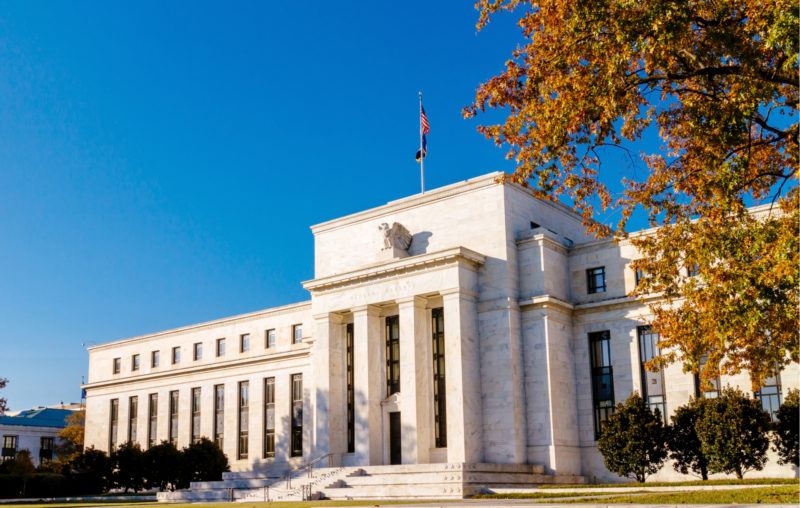
Economists often make a distinction between fiscal policy and monetary policy. Fiscal policy involves the use of taxing, spending, and borrowing power. It allocates resources across specific industries and economic actors. Fiscal policy has traditionally been the responsibility of Congress and the Treasury.
Monetary policy involves adjusting the money supply, setting administered interest rates, or exhibiting influence on money demand or non-administered interest rates. It intends to provide monetary stability for the economy and liquidity to financial markets. Monetary policy has traditionally been the responsibility of the Federal Reserve.
An analogy helps to clarify the difference between fiscal and monetary policy. While monetary policy changes the water level affecting all ships in the ocean, fiscal policy aims to assist individual ships.
COVID-19 and the Fed
The policy response to COVID-19 has dangerously blurred the distinction between fiscal and monetary policy. The Fed is still conducting monetary policy. But, at the behest of Congress, it has ventured into fiscal policy as well. New Fed facilities are designed to direct credit to municipal governments and nonbank businesses, small and large.
Make no mistake: these new facilities are fiscal in nature. They allocate credit. Monetary policy, in contrast, would provide liquidity to banks, which would then decide how to allocate the new funds. As my AIER colleague Thomas Hogan explains, these facilities require redefining the term liquidity. “Such a change may be legally and politically convenient,” he writes, “but it would have negative consequences for the economy.”
The Fed’s drift into fiscal policy sets a dangerous precedent. It could lead to new expectations among the public and members of Congress as to what the Fed should be doing. And, with each additional step into fiscal policy, the Fed further risks its (already tenuous) independence.
Adding fiscal policy to the Fed’s mandate also stretches it thin. Monetary policy is incredibly important. It deserves the Fed’s undivided attention. And a Fed singularly focused on monetary policy is easier to keep in check, as it is more clear when it succeeds or fails in achieving its mission.
Some will no doubt argue that COVID-19 warrants an exception; that the Treasury is not well-equipped to deal with the economic fallout of a global pandemic; and that the Fed’s mandate will return to normal once the virus runs its course. But that doesn’t quite cut it.
If Congress wants to allocate credit, it should authorize the Treasury to do so. If the Treasury needs institutional support, it can call on advisors from the Fed (and elsewhere) or use the Fed’s existing infrastructure. But the Fed, to the extent it is involved, should be acting on behalf of the Treasury. The Treasury, not the Fed, should be making the allocative decisions and providing a full backstop.
Nor is it enough to argue that the Fed’s expanded mandate is a mere temporary measure. What good is a binding political constraint if it is rendered nonbinding whenever doing so is deemed politically expedient?
The unintended consequences of the Fed’s move into fiscal policy are already starting to appear, as policymakers have seen an opportunity to use the Fed to allocate credit however they see fit. As the Wall Street Journal reports, presidential candidate Joe Biden is now urging the Fed to do something about racial inequality. That’s not to say policies aimed at reducing racial inequality are without merit. It is just to acknowledge that it is not the Fed’s job.
Allowing the Fed to become a catch-all institution undermines its independence and ability to conduct monetary policy. If every job is the Fed’s job, it won’t do any of them well.




